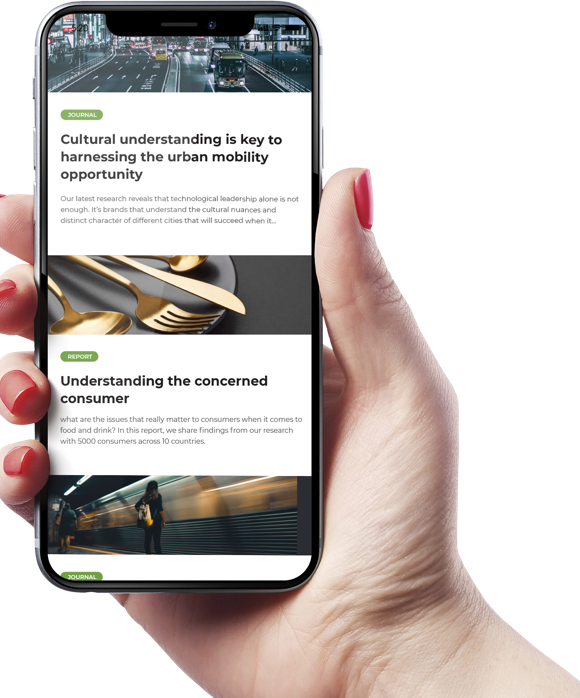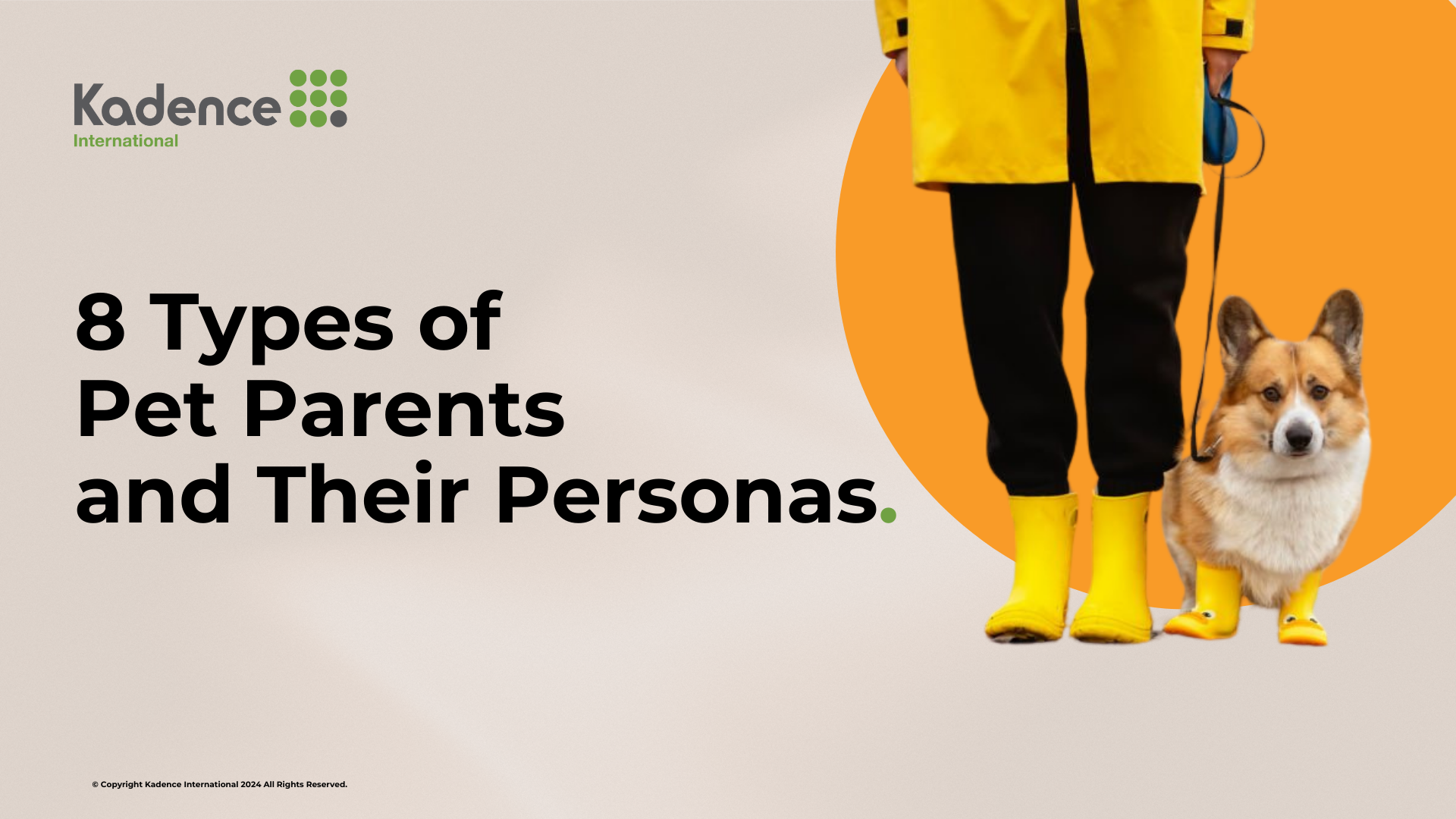Customer journey mapping is the process of creating a visual representation of the steps and touchpoints a customer goes through in their interaction with a company. It aims to understand the customer’s needs, emotions, and motivations at each stage of the journey.
The importance of customer journey mapping lies in its ability to improve the customer experience by identifying pain points and opportunities for optimization. By mapping the journey, companies can comprehensively understand the customer’s perspective and use this information to enhance the overall experience, increase customer satisfaction, and drive loyalty.
Customer journey mapping helps companies to align their operations and messaging with customer expectations, leading to more efficient and effective communication and improved customer experiences.
“The customer journey map is a tool to help you understand what your customers are thinking and feeling as they engage with your company.” – Jeannie Walters, customer experience consultant and author of “The Customer Journey: Mapping the Future of Your Brand.”
The concept of customer journey mapping has its roots in the fields of marketing and customer experience design. It is a relatively recent development, with the first recorded use of the term dating back to the early 2000s. However, the practice of mapping customer interactions with a company can be traced back to the early days of market research and customer satisfaction studies.
Other names, including customer experience mapping, customer journey design, and customer journey visualization, sometimes refer to customer journey mapping.
Get regular insights
Keep up to date with the latest insights from our research as well as all our company news in our free monthly newsletter.

Regardless of the name, the underlying process and goals remain the same: to create a comprehensive understanding of the customer’s experiences and use this information to improve the customer experience.
It has become an increasingly important tool for companies looking to improve the customer experience and is widely recognized as a valuable method for understanding and optimizing customer interactions.
Signs a Brand Would Benefit from Customer Journey Mapping
- Decreased customer satisfaction: If a brand is experiencing a decrease in customer satisfaction or loyalty, it may be a sign that the customer journey needs to be reevaluated.
- Increased customer complaints: An increase in customer complaints can indicate pain points in the customer journey that need to be addressed.
- Decreased conversion rates: A decrease in conversion rates can indicate issues in the customer journey that prevent customers from making a purchase.
- Increased churn: An increase in customer churn can indicate that the customer experience is not meeting expectations and needs to be improved.
Touchpoints and Pain points
The customer journey refers to a customer’s experiences with a company, from initial brand awareness to post-purchase evaluation. Understanding the customer journey is critical for companies looking to improve the customer experience and increase customer satisfaction.
The key components of the customer journey include touchpoints and pain points. Touchpoints are the moments of interaction between a customer and a company, such as a visit to a website, a phone call, or an in-store purchase.
Pain points are the parts of the customer journey that cause frustration or dissatisfaction. These can include long wait times, confusing navigation on a website, or poor product quality.
Understanding touchpoints and pain points are essential to map the customer journey effectively. Touchpoints provide insights into the customer’s motivations and needs at each stage of the journey, while pain points indicate areas for improvement. By identifying and addressing pain points, companies can create a more seamless and enjoyable customer experience.
Here’s a fictional example of a customer journey map for a company that sells luxury skincare products:
Industry: Luxury Skincare Marketing Personas:
- Persona 1: “The Health-Conscious Beauty Enthusiast” – A young professional who values natural and organic products and prioritizes self-care.
- Persona 2: “The Anti-Aging Advocate” – A mature individual who is looking for skincare products that address ageing and wrinkling.
The Customer Journey:
- Awareness: The customer becomes aware of the company through social media, influencer partnerships, and recommendations from friends.
- Consideration: The customer starts researching the company’s products and reviews online. They may also attend a skincare event or visit a store to try the products.
- Purchase: The customer purchases online or in-store and receives personalized recommendations based on their skin type and concerns.
- Delivery: The customer receives the products and begins using them, receiving regular follow-up emails and phone calls from the company to ensure satisfaction.
- Loyalty: The customer continues using the products and becomes loyal, referring friends and family to the company.
- Advocacy: The customer may become a brand advocate, sharing positive reviews and experiences online and attending events on behalf of the company.
Pain Points:
- Difficulty finding the right products for their skin type and concerns
- Lack of personal attention and support during the purchasing process
- Lack of clear instructions and usage guidelines
- Inconsistent results with the products
Key Touchpoints:
- Social media and influencer partnerships
- In-store events and product demonstrations
- Personalized recommendations and follow-up calls
- Clear instructions and usage guidelines
The Benefits of Customer Journey Mapping
One of the key benefits of customer journey mapping is increased customer satisfaction. By identifying and addressing pain points, companies can create a more seamless and enjoyable customer experience. This can lead to higher levels of customer satisfaction and improved brand loyalty. Customers with a positive experience with a company are more likely to return and recommend the brand to others.
Another benefit of customer journey mapping is improved brand loyalty. By understanding the customer’s experiences, companies can align their operations and messaging with customer expectations. This can lead to more efficient and effective communication and a stronger emotional connection between the customer and the brand. This, in turn, can drive customer loyalty and encourage repeat business.
The benefits of customer journey mapping are evident, from increased customer satisfaction and improved brand loyalty to more efficient operations and better communication. By mapping the customer journey, companies can gain a comprehensive understanding of the customer’s experiences and use this information to drive improvements and create a more positive customer experience.
Gathering Customer Feedback
Gathering customer feedback is an essential component of the customer journey mapping process. It provides valuable insights into the customer’s experiences and helps companies understand their needs, motivations, and pain points. Customer feedback is a powerful tool for informing the customer journey mapping process and driving improvements in the customer experience.
There are various methods for gathering customer feedback, including surveys, focus groups, and online reviews. Each method has its strengths and weaknesses, and the best approach will depend on the specific goals and needs of the company. For example, online reviews can provide a wealth of information about customer experiences, while focus groups can offer more in-depth and personalized insights.
It is important to use customer feedback to inform the customer journey mapping process. Companies can use this information to identify pain points and opportunities for improvement, as well as to gain a deeper understanding of the customer’s needs and motivations. By incorporating customer feedback into the customer journey mapping process, companies can create a more accurate and comprehensive representation of the customer’s experiences.
By using customer feedback to inform the customer journey mapping process, companies can create a more accurate and comprehensive representation of the customer’s experiences and drive improvements in the customer experience.
The Importance of Empathy in Customer Journey Mapping
Empathy is a critical component of customer journey mapping, as it allows companies to understand the customer’s experiences from their perspective. Empathy helps companies to understand the customer’s needs, motivations, and pain points and to create a more accurate representation of the customer journey.
By incorporating empathy into the customer journey mapping process, companies can understand the customer’s experiences more deeply. This can lead to more accurate and comprehensive mapping and improved customer experience design. Companies can use this information to identify pain points and opportunities for improvement and create a more seamless and enjoyable customer experience.
Empathy can also help companies to build stronger emotional connections with their customers. By understanding the customer’s experiences and needs, companies can align their operations and messaging with customer expectations. This can lead to more efficient and effective communication, improved brand loyalty, and increased customer satisfaction.
Brands that use Customer Journey Mapping
These are just a few examples of well-known brands that have used customer journey mapping to improve their customer experience and drive business success. Using this approach, these brands have identified areas for improvement, created more meaningful and memorable experiences for their customers, and ultimately differentiated themselves from their competitors.
- Starbucks: Starbucks used customer journey mapping to understand its customers’ experiences with its mobile ordering app. By mapping the various touchpoints, the company could identify areas for improvement, such as reducing wait times and improving the ordering process. As a result, Starbucks improved the customer experience and increased customer satisfaction.
- Amazon: Amazon is known for its exceptional customer experience, and customer journey mapping has been a key component of this. The company maps the customer journey across multiple touchpoints, including its website, delivery process, and customer service. By using customer journey mapping, Amazon is able to identify areas for improvement, such as streamlining the checkout process and improving delivery times.
- Nike: Nike used customer journey mapping to understand its customers’ experiences in China. By mapping the customer journey, Nike identified areas for improvement, such as simplifying the online ordering process and improving product availability. These insights helped Nike to create a more seamless and personalized customer experience, increasing customer satisfaction and loyalty.
- Apple: Apple has a reputation for delivering an exceptional customer experience, and customer journey mapping has been a key component of this. By mapping the customer journey across multiple touchpoints, such as its retail stores and online support, Apple is able to identify areas for improvement, such as streamlining the product return process and improving the in-store experience.
Creating a Customer Journey Map
Creating a customer journey map is crucial in improving the customer experience. By visualizing the customer’s experiences, companies can gain a deep understanding of the customer’s needs, motivations, and pain points and use this information to drive improvements and create a more positive customer experience.
Here is a step-by-step guide for creating a customer journey map:
- Identify your customer segments: Start by identifying your key customer segments. This will help you to understand the different types of customers and their unique needs and experiences.
- Gather customer feedback: Use various methods to gather customer feedback, such as surveys, focus groups, and online reviews. This information will provide valuable insights into the customer’s experiences and help you to identify pain points and opportunities for improvement.
- Map out the customer journey: Create a visual representation of the customer’s experiences, including all key touchpoints. This can be done using various tools, such as flowcharts, diagrams, or mind maps.
- Identify pain points: Use the information gathered from customer feedback to identify pain points in the customer journey. These are the points in the customer’s experience where they encounter frustration, confusion, or other negative emotions.
- Analyze the data: Analyze the information gathered from customer feedback and the customer journey map to identify patterns and trends. This will help you to understand the customer’s needs and motivations and to create a more accurate representation of the customer journey.
- Drive improvements: Use the information gathered from the customer journey mapping process to drive improvements in the customer experience. Identify opportunities to streamline processes, improve communication, and address pain points, and use this information to inform your customer experience design.
The Role of Data in Customer Journey Mapping
Data plays a critical role in customer journey mapping. There are a variety of data sources that companies can use to inform their customer journey mapping.
Some common sources of customer data include:
- Surveys: Surveys can be used to gather customer feedback and insights into their experiences. This can include their motivations, pain points, and overall satisfaction with the customer experience.
- Behavioural data: Behavioral data can be collected from a variety of sources, including website analytics, customer service logs, and sales data. This data can provide valuable insights into the customer’s actions and behaviours and help identify trends and patterns in the customer journey.
- Customer feedback: Customer feedback can be collected through various channels, such as online reviews, focus groups, and customer service interactions. This information can provide valuable insights into the customer’s experiences and help to identify pain points and opportunities for improvement.
By collecting and analyzing customer data, companies can gain a deeper understanding of the customer’s experiences and use this information to improve customer experience. Data can inform your understanding of the customer journey and help create a more accurate representation of the customer’s experiences.
Implementing Changes Based on Customer Journey Mapping
Using the information gathered from the customer journey mapping process, companies can identify opportunities for process improvements and product modifications to help drive customer satisfaction and brand loyalty.
Here are some steps for implementing changes based on customer journey mapping:
- Prioritize changes: Based on the customer journey map and the feedback gathered, prioritize the changes that will significantly impact the customer experience. This can include process improvements, product modifications, or changes to the customer service experience.
- Design new processes and products: Use the insights gained from the customer journey mapping process to design new processes and products that address the customer’s pain points and meet their needs.
- Test and iterate: Implement the changes in a controlled environment and gather customer feedback to evaluate the impact. Use this feedback to refine the changes and make further improvements.
- Roll out changes: Once the changes have been tested and refined, roll out the changes to the entire customer base. Continuously monitor customer feedback to evaluate the impact of the changes and make further improvements as needed.
- Stay flexible: The customer journey constantly evolves, and customer needs and expectations change over time. Stay flexible, gather customer feedback, and improve the customer experience as needed.
Companies can drive customer satisfaction and improve brand loyalty by prioritizing changes, designing new processes and products, testing and iterating, and continuously monitoring customer feedback.
Best Practices for Customer Journey Mapping
While customer journey mapping can be an effective tool for improving the customer experience, it is important to follow best practices to ensure success.
Here are some best practices for customer journey mapping:
- Involve key stakeholders: Involve key stakeholders in the customer journey mapping process, including representatives from sales, marketing, customer service, and product development. This will ensure that all perspectives are considered and that the customer journey map accurately reflects the customer experience.
- Use a data-driven approach: Use data to inform the customer journey mapping process. This includes customer feedback, website analytics, and sales data. This data can provide valuable insights into the customer’s experiences and help to identify pain points and opportunities for improvement.
- Test changes before implementation: Before making any changes based on the customer journey map, it is crucial to test them in a controlled environment. This will help evaluate the changes’ impact and refine them before they are rolled out to the entire customer base.
- Continuously monitor customer feedback: The customer journey constantly evolves, and customer needs and expectations change over time. Continuously monitor customer feedback to ensure the customer journey map accurately reflects the current customer experience.
- Foster a customer-centric culture: Foster a customer-centric culture within the organization by prioritizing the customer journey. This includes regularly reviewing and updating the customer journey map and improving the customer experience as needed.
Negatives of Customer Journey Mapping
- Time-consuming and resource-intensive: Customer journey mapping can be a time-consuming and resource-intensive process, especially for larger organizations with complex customer journeys.
- Limited to current understanding: Customer journey mapping is only as good as the data and information used to create it. A brand needs to fully understand its customers and their journeys so that the resulting map accurately reflects reality.
- Can be subjective: Customer journey mapping is often created by a team, which can lead to subjectivity and bias in the final map. To minimize this, it’s important to involve multiple stakeholders and gather data from various sources.
Frequency of Customer Journey Mapping
It’s recommended that a brand conduct customer journey mapping regularly, at least once a year or as needed, based on changes in the market, customer behaviour, and the brand’s offering. The frequency of customer journey mapping will depend on the size of the brand, the complexity of its customer journeys, and the speed at which the market and customer behaviour are changing.
What to Consider before Embarking on Customer Journey Mapping
- Data collection: Before conducting customer journey mapping, it’s important to have a solid understanding of your customers, including their behaviours, preferences, and pain points. This information can be collected through surveys, focus groups, and customer interviews.
- Stakeholder involvement: To ensure that customer journey mapping is comprehensive and accurate, it’s important to involve key stakeholders, including representatives from sales, marketing, customer service, and product development.
- Clear goals: Before conducting customer journey mapping, it’s important to have clear goals and objectives, such as identifying areas for improvement, increasing customer satisfaction, or improving the overall customer experience. This will help guide the process and ensure that the resulting map is actionable and relevant.
The Role of Market Research in Customer Journey Mapping
Market research plays an important role in customer journey mapping. By gathering customer feedback and data, brands can gain a deeper understanding of their customer’s needs, motivations, and behaviours. This information can then be used to inform the creation and refinement of the customer journey map, ensuring that it accurately reflects the customer experience.
Customer journey mapping is a critical component of a brand’s customer-centric strategy, and market research is essential in ensuring that it is based on accurate and up-to-date information. By combining these two approaches, brands can create a customer experience that exceeds customer expectations and drives business success.







 Senior Marketing Executive
Senior Marketing Executive Sales & Marketing
Sales & Marketing General Manager PR -Internal Communications & Government Affairs
General Manager PR -Internal Communications & Government Affairs Vital Strategies
Vital Strategies
 Customer Intelligence Director
Customer Intelligence Director